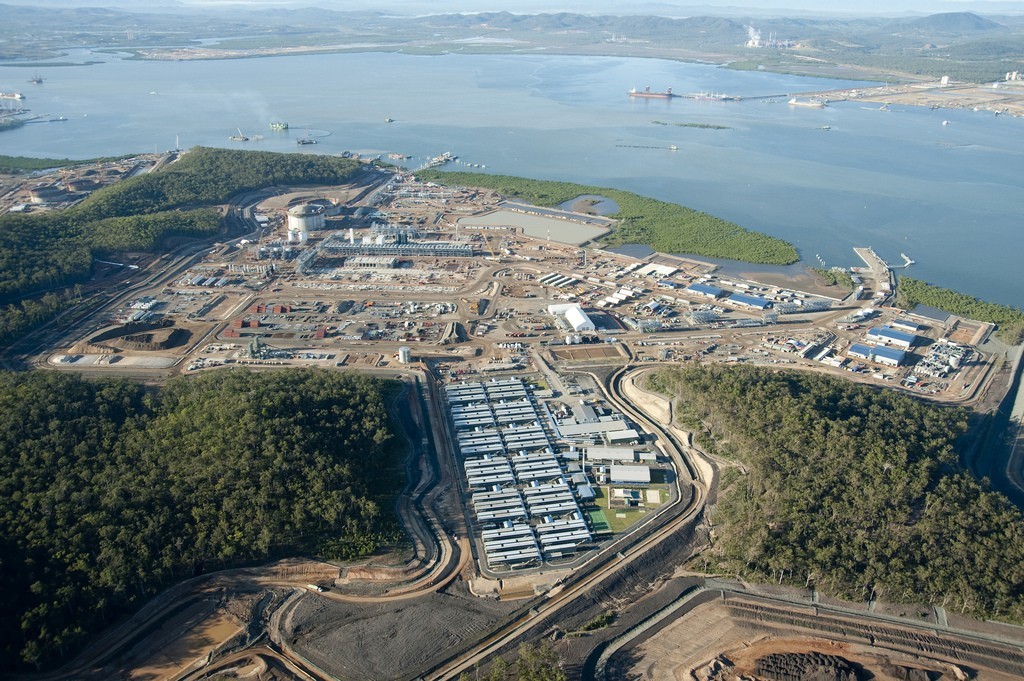
The first export shipment of liquefied natural gas (LNG) produced in the Lower 48 states on February 24 is a milestone reflecting a decade of natural gas production growth that has put the United States in a new position in worldwide energy trade.
With the rapid growth of supply from shale gas resources over the past decade, US natural gas production has grown each year since 2006.
The resulting decline in domestic natural gas prices has led to rising natural gas exports, both via pipeline to Mexico and, since last week, to overseas markets via LNG tankers.
The United States is currently a net importer of natural gas, and gross imports represented nearly 10% of total supply in 2015, based on data through November.
The US imported 7.5 billion cubic feet per day (Bcf/d) of natural gas, mostly from Canada by pipeline, and exported 4.8 Bcf/d, mostly to Mexico by pipeline.
For years, Alaska has exported LNG, mostly to Pacific Rim countries, but these volumes have been small. In addition to the Sabine Pass terminal that was the source of last week’s LNG shipment, four other LNG export terminals are currently under construction.
When natural gas is cooled to -260 degrees Fahrenheit, it becomes a liquid that is 1/600th of its gaseous volume, making it easier to transport via vessel.
The US Gulf Coast has a large existing pipeline network, which makes the area attractive for developing export terminals.
Many of the LNG export terminals now under construction or proposed are at sites that have functioned, and may continue to function, as LNG import terminals. Several LNG import terminals were built in the 1970s, and a new wave of terminals was constructed in the mid- to late-2000s.
As domestic production increased, LNG imports declined, as many new terminals were barely used and the utilization rates of older terminals declined.
The Federal Energy Regulatory Commission (FERC) is responsible for authorizing siting and construction of LNG export terminals (as well as import terminals) that are onshore or that are close to the shore.
FERC prepares environmental impact statements to assess the environmental consequences of the terminals under its jurisdiction.
Although most of the LNG terminals fall under FERC jurisdiction, the U.S. Maritime Administration regulates deepwater terminals.
Only one deepwater export terminal has been proposed, and if approved, it would be located about 50 miles south of the Texas-Louisiana border in the Gulf of Mexico.
In addition to approval for construction from FERC or the Maritime Administration, the US Department of Energy’s Office of Fossil Energy issues separate authorisations to export to countries based on whether they have a free trade agreement with the United States.
Cheniere Energy’s Sabine Pass Liquefaction Project in Sabine Pass, Louisiana, consists of six different liquefaction units, or trains, the first of which began service in February after many delays.
The other trains are in various stages of development and permitting. Total permitted capacity by FERC is 4.16 Bcf/d.
